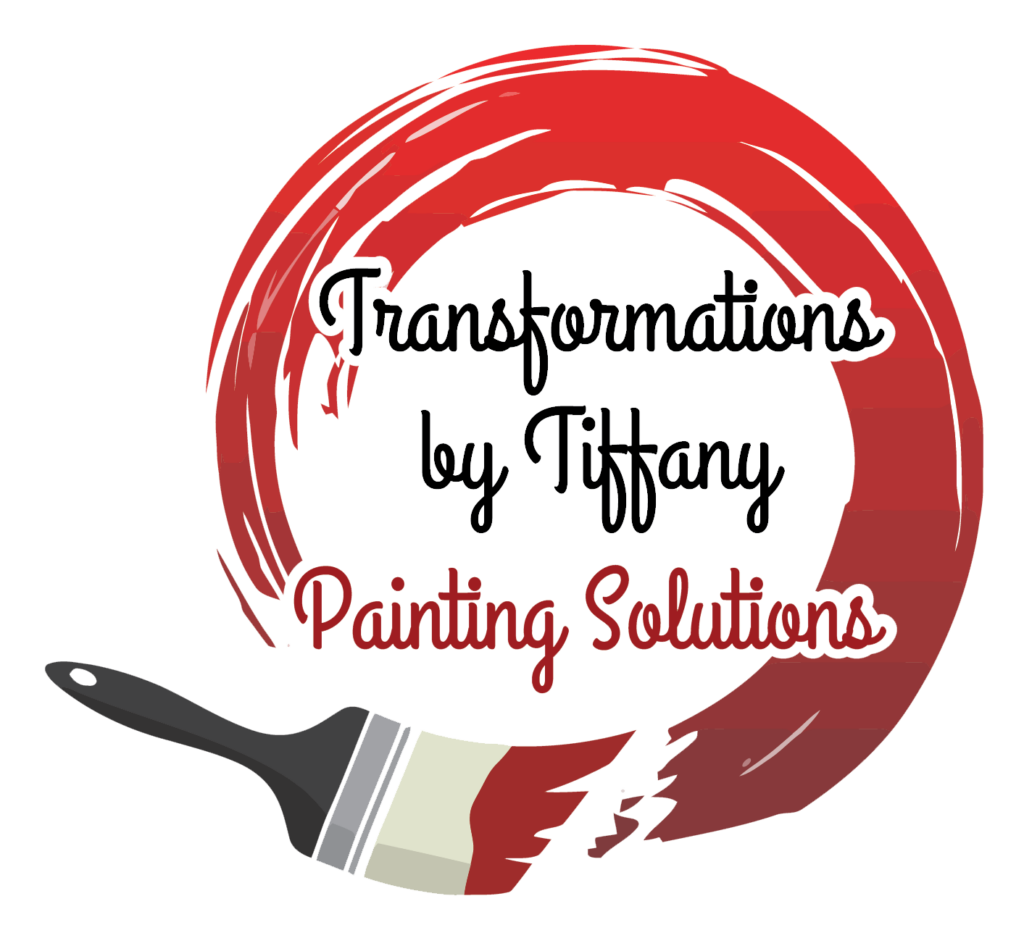
Who We Are & What We Do
We are cabinet and furniture painters. We can supply new doors / drawer faces commonly referred to as refacing. We do not do any construction ie hang cabinets, install counters or backsplashes or wall/trim painting under normal circumstances. We can sub contract out these services.
Have you ever heard of Milesi, Renner, Centurion, ILVA, Gemini or Axalta? Probably not because these are professional Wood Coatings for fine finishing. I had never heard of them either until a couple years ago.
Benjamin Moore, Sherwin Williams & Dunn Edwards have some great products but they aren’t going to withstand abuse like these other products will. I’ve have used a variety of paint products for years and have had great results but I still wanted better. Wanting to stick with waterbased products my search was on.
Why do we use Renner Wood Coatings?
• water-based
• resistance to cleaning products
• abrasion resistance according to UNI
• scratch resistance according to UNI
ANSI/KCMA A161.1 Standard
To begin the process for certification under the ANSI/KCMA A161.1 Standard, American cabinet manufacturers must make sure the cabinet line(s) they are looking to certify meets these 14 requirements. After these are met, 8 categories of tests are conducted #4 is the finish test.
Finish Tests
These tests create, in accelerated form, the cumulative effects of years of normal kitchen conditions of pre-finished cabinets. Cabinet finishes are inspected to ensure that stringent standards of appearance are also met.
- To test the ability of the finish to withstand high heat, a cabinet door is placed in a hotbox at 120 degrees Fahrenheit and 70 percent relative humidity for 24 hours. After this test the finish must show no appreciable discoloration and no evidence of blistering, checks or other film failures.
- To test the ability of the finish to withstand hot and cold cycles for prolonged periods, a cabinet door is placed in a hotbox at 120 degrees Fahrenheit and 70 percent relative humidity for one hour, removed and allowed to return to room temperature and humidity conditions, and then placed in a coldbox for one hour at -5 degrees Fahrenheit. The cycle is repeated five times. The finish must then show no appreciable discoloration and no evidence of blistering, cold checking or other film failure.
- To test the ability of the finish to withstand substances typically found in the kitchen and bath, exterior exposed surfaces of doors, front frames, drawer fronts and end panels are subjected to vinegar, lemon, orange and grape juices, tomato ketchup, coffee, olive oil and 100-proof alcohol for 24 hours and to mustard for one hour. After this test, the finish must show no appreciable discoloration, stain or whitening that will not disperse with ordinary polishing and no indication of blistering, checks or other film failure.
- To test the ability of the finish to withstand long periods of exposure to a detergent and water solution, a cabinet door edge is subjected to exposure to a standardized detergent formula for 24 hours. The door edge must then show no delamination or swelling and no appreciable discoloration or evidence of blistering, checking, whitening, or other film failure.
Cabinet Estimates
We are not cheap and don’t want to be, however we are on the lower end of other finishers that use these same products.
When we give you a quote and you compare numbers, we will be in the middle to higher than all other quotes.
When we give you a quote and you compare our finish quality of work, products, and equipment, we will exceed the vast majority of all other quotes because they use inferior products not intended for cabinets. Most companies use trim paint such as S-W Emerald Urethane or Benjamin Moore Advance.
Ask your painter what products they are using and do a quick Google search on that product and ask questions.
Make sure they are following proper finishing procedures:
- Drill hardware holes
- Remove all doors and drawers & number
- Remove all hinges and store or replace hinges per client request
- Degrease and Neutralize Rinse 50/50 alcohol and water or Naptha /Acetone mix
- Sand
- Wipe down
- Prime
- Sand
- Wipe down
- Apply finish color coats
- Apply clear sealer if glazing or faux finishing or the products they use are not self sealing.
- Rehang doors and drawers in original spots with original hardware or replacement hardware by request
How do you get a quote to refinish your furniture or cabinets?
Call or Text us @ 707-389-6730 or private message to schedule your free design consultation.
A preliminary quote can be obtained by messaging us your photos, name, email address, address and phone number and we will email you a preliminary estimate.

Transformations by Tiffany Painting Solutions License 1092197
California State License 1092197 Kitchen and Bath Cabinet Painting / Furniture Transformations – Vint
